Apart from being a teacher of English, I’m also a student of other languages. It means that I can experience the teaching as well as learning process first-hand. I observe myself, students and other teachers, and try to draw conclusions. One of them concerns revising vocabulary and grammar.
Some time ago I noticed that as a student I enjoy and most of all need revisions at my Spanish lessons. I believe that they are an integral part of every lesson and special attention should be paid to them. If you develop a routine of revisions, your students will quickly get used to them and try to be prepared for every lesson.
Here are some of our favourite grammar and vocabulary revision games and exercises.
1. QUIZLET
Quizlet is an app which enables you to create sets of words for your classes. Students can access them on their smartphones or other electronic devices and practise by doing various exercises/games generated by the app. It’s a modern solution for flashcards and a fantastic tool for learning vocabulary. All our students love it and now can’t imagine studying new words in a different way! See these getting started videos and quick guide for students provided by Quizlet here.
How do we use it for in-class revisions? It’s simple. We print English words from the created sets and at the beginning of the lesson students need to build one sentence with two flashcards (we encourage them to be creative). If you work with groups, make them build and ask each other questions with words provided.
The other way we use it is to play a Taboo-like game. Students work in pairs and each of them has a few flashcards. One student tries to describe the word/phrase they have without using any keywords and the other guesses what that word or phrase is. This way students have a chance to use new vocabulary and you can check whether they know when and how to use it properly. This turns out to be a very dynamic activity and students come up with various ways of guiding each other to the right expression!
Get the Teacher’s account on Quizlet to get statistics on which items your students have problems with and focus on them during revisions
2. STORY CUBES
These are small cubes with images on all their walls designed to trigger ideas and stories. The basic idea behind Story Cubes is that you need to roll 9 dice and tell a story combining all 9 images that starts with “once a upon a time…”. Really simple and straightforward but does magic! There are various Story Cubes sets. Start from the original and explore – we recommend the Actions pack and Clues mix.
We use Story Cubes quite often during our classes, not only for vocabulary revision games. We give them to our students and they have to prepare a story (sometimes just sentences) based on images as well as words we provide them. It’s real fun as students can combine various ideas and create crazy and sometimes illogically amusing stories.
What’s more Story Cubes are a perfect tool to be used for grammar revisions. For example, you can make your students build conditional sentences relating to a few images from the cubes or practise past simple and past continuous tenses for story telling.
If you have less advanced students, try using 6 (or fewer) cubes instead of 9 at the beginning
3. DIXIT
Dixit is a game which consists of a set of cards with very colourful and dreamlike illustrations. Our students really like them as they can build a lot of stories around them. Very often, they have to choose one card and using the words from the last class they need to build a story or describe cards to each other.
They are also perfect for practising past tenses when telling stories. You can basically let your students use all tenses using the cards, depending how you setup the task, for example:
- Tell your students to pick one random card, look at the picture and tell what’s going to happen next.
- Ask your students to choose one card and describe what is happening in the picture and how it makes them feel (present continuous vs present simple).
- Use the card as a prompt for students to tell a story based on what they see in the card (past simple + past continuous).
Play the game with your students using the original rules to practice storytelling and introduce a bit of competition
4. TRANSLATION TASKS
Apart from vocabulary revision games, we’re also fans of translating sentences for revising. It may be seen as an old-fashioned way, but it will help intermediate/upper-intermediate students learn how to use new language in context. The most common way we do it is:
- Give students 5-10 sentences in their mother tongue. They all should contain underlined words/phrases which you would like them to revise. Students need to translate sentences and recall English equivalents of the words from previous classes (if you want to make it more challenging, include various grammar points).
- Provide students with 5-10 gapped sentences which they need to fill with English equivalents of the phrases in their mother tongue provided in brackets after the gaps. It is a less demanding version of the usual translation exercise, i.e. suitable for less proficient students.
Let your students amaze you and don’t require from them a one-to-one translation. It is all about conveying a message and students will come up with various surprising ways of saying the same thing.
5. GAPPED QUESTIONS
In order to make your students practise new words/phrases while speaking, it is also a good idea to give them gapped questions which they have to complete with the provided words which appeared during previous lessons. After completing them, students answer them. Avoid using closed (yes/no) questions when creating such a revision for your students. Depending on your students level you may:
- Provide all the possible answers in a box
- Give 20-30% more options than needed and make your students use the correct ones
- Do not give students possible answers but develop the task in such a way that only one lexical class would fit (e.g. prepositions or verbs)
- Create a multiple choice exercise with 3-4 answers for each gap
Make sure that students can infer the meaning of the sentences without the removed words
How about you? What kind of methods for reviewing language work for your students? Share you favourite ones in the comments below so we can use them during our lessons.


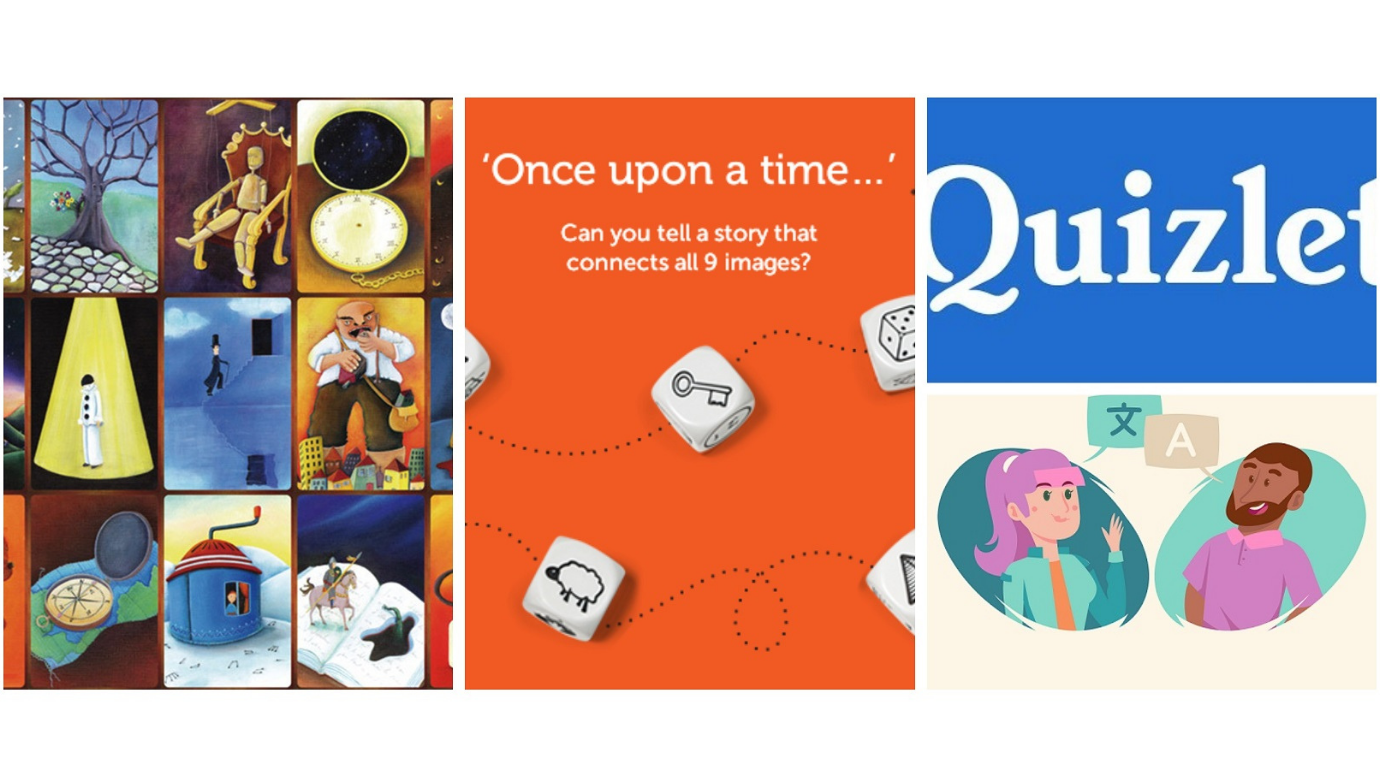

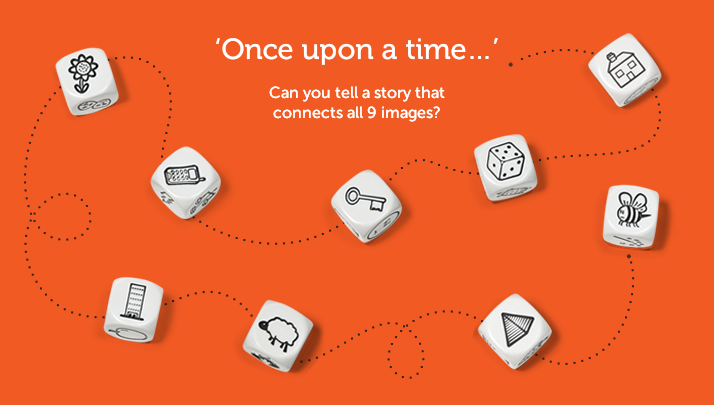
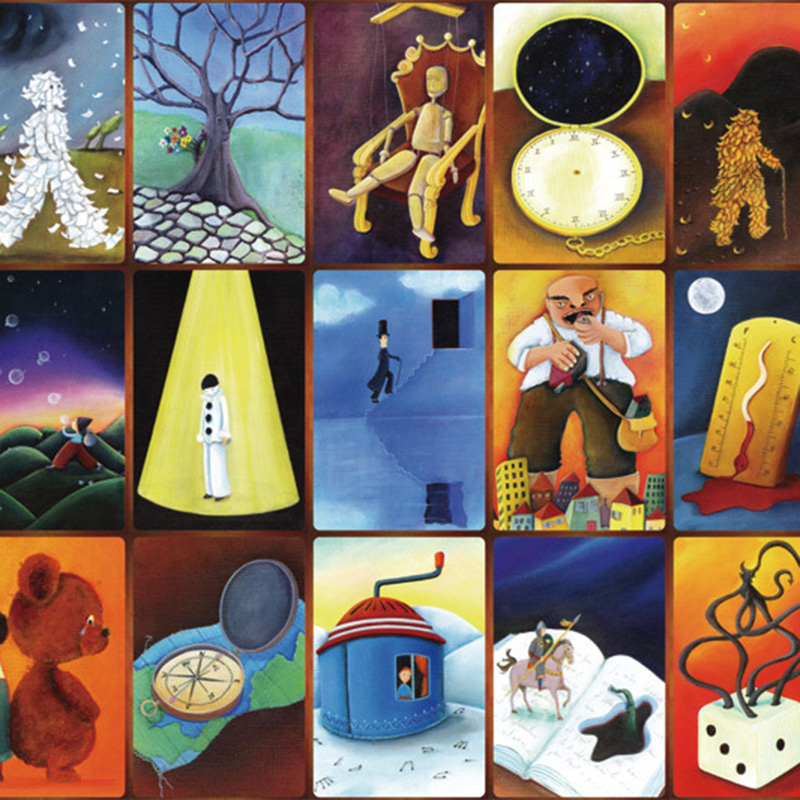
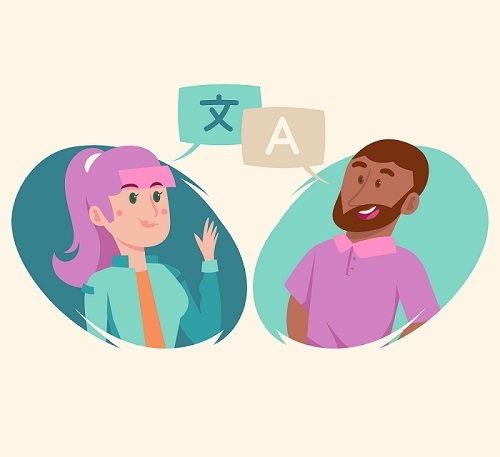
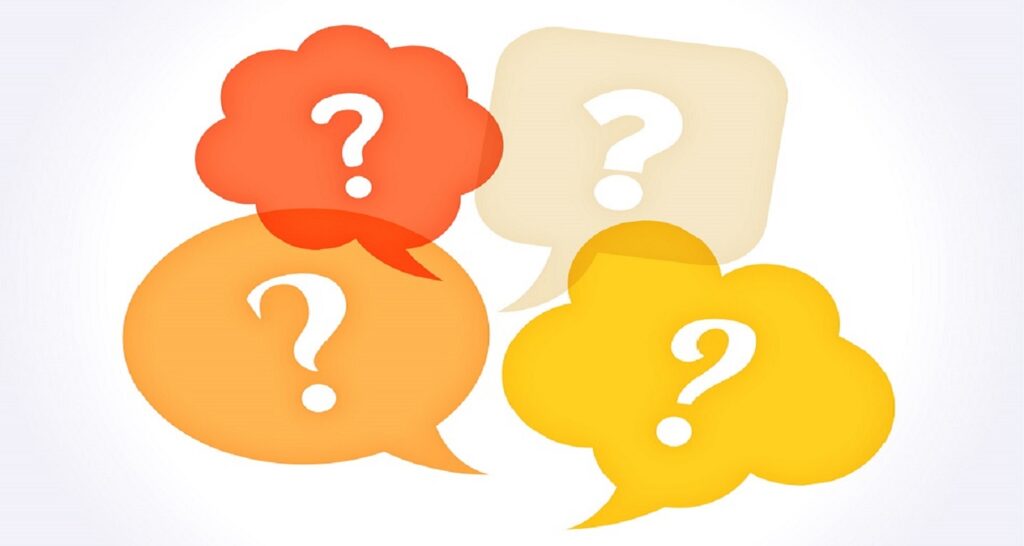








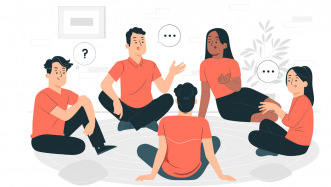



Hi, I use Kahoot and Jeopardy to revise grammar and vocabulary.
Do you use Kahoot during the lesson or assign kahoots as homework? I heard about the services but have never tried it out. What’s your opinion about it and which feature you like the most?
Kahoot is better to use for warming up, revision and closing! Mostly I used it for these 3 purposes!
My high school and adult ESL students LOVE Kahoot. It is good for fostering a little competition between students. I mostly use it in class to review vocabulary and grammar structures. I also use it for special holidays like Christmas or Halloween. Students can also download the app and play alone to review alone. ű
The main restriction is that every student needs a mobile device or computer that is connected to the internet. In a smart classroom or with students who have data on their phones it is easy. But sometimes it doesn’t work because the technology isn’t working or adequate.
Hmm, I’ve heard of Kahoot but never really tested it out extensively. It seems like a lot of work designing those quizzes/games but I guess I need to look into that. Thanks for the recommendation.
Kahoot live (played in groups) always works great in class. Ss cooperate, are motivated, and have fun. Even a “boring” fill in the gaps grammar revision exercise becomes exciting 🙂
I’ve already heard about this service, and really want to try it out. But I can’t imagine how to play it with the whole class (not every student has a device connected to the Internet). I’ll be thankful if you share your experience!!
Hi there!
I liked Quizlet very much. But I didn’t understand if I have to pay. It seems to have an upgrade, but I’d like you to tell me if I can or not create lessons for free.
Thanks.
Well, you can create sets and assign to classes or just make them publicly available with the free account. The paid teacher mode removes the limit of classes you can create and gives you some stats on how your students progress and their score. I think it’s quite useful as you can see what words and phrases you should revise with your students.
Thanks a lot, Stan!
It’s a can of worms, Stan 🙂 Once you you show it to your students, they will never want to do anything else.